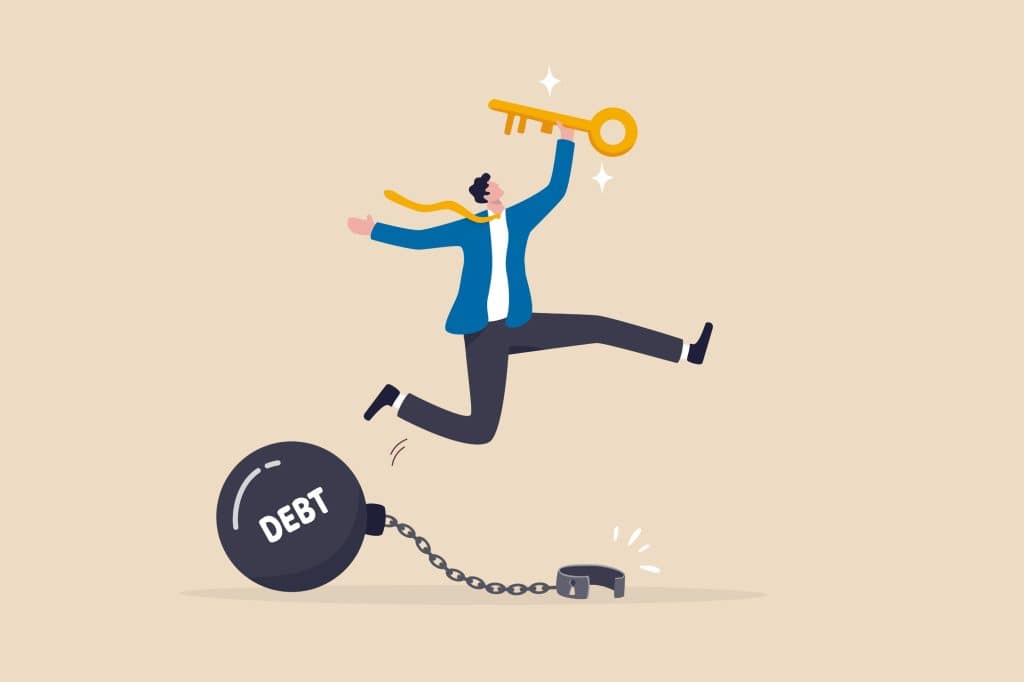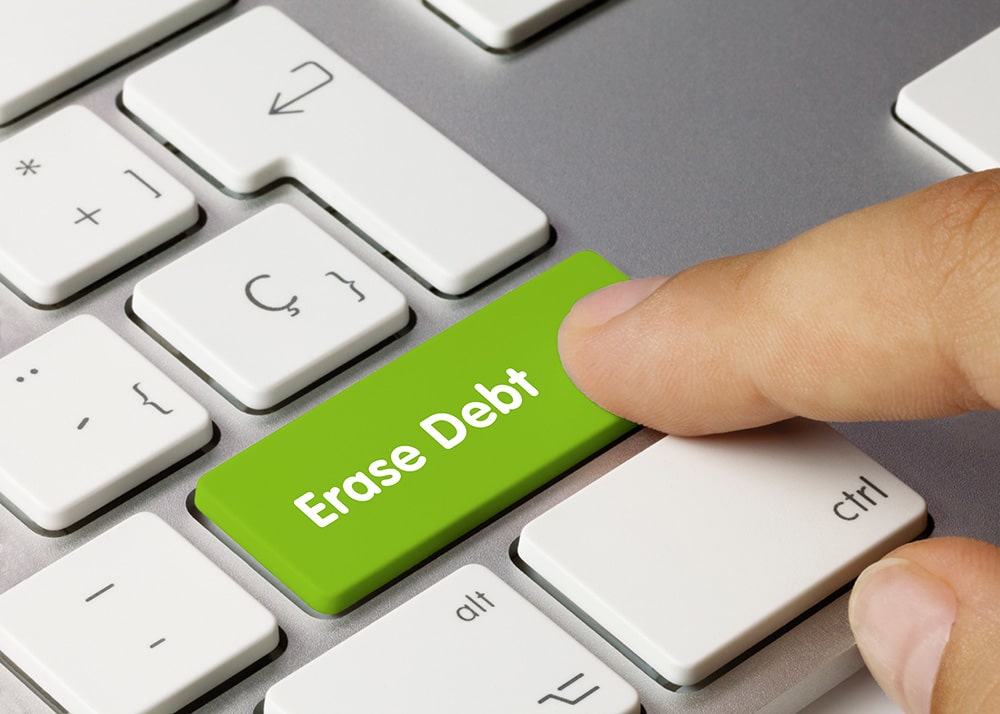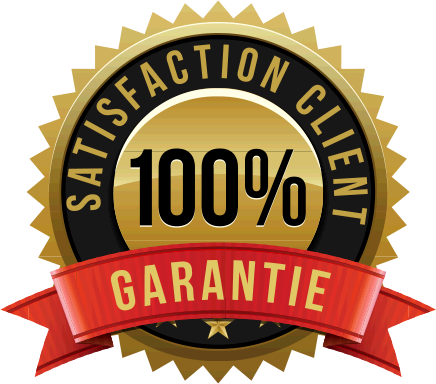
Are you in financial trouble because of debts? Are you looking for a way out?
If your business is in danger of going bankrupt, a consumer proposal and a commercial proposal are two effective instruments that can solve over-indebtedness in Quebec!
Be careful, however, because despite their similarities, they are two very different approaches aimed at two different clienteles.
Compare Home Quotes explains in detail the differences and similarities between a consumer proposal and a commercial proposal.
You will see that depending on your situation, one of these two options may be more advantageous than the other.
Find out which is the better solution tailored to your needs! Fill out our form to discuss your options with a trustee in bankruptcy, free of charge!
Sommaire
What is a CONSUMER proposal?

A consumer proposal is a procedure provided for in the Bankruptcy and Insolvency Act!
Specifically, submitting a consumer proposal to creditors involves offering them a partial refund of the amount owed to them and taking advantage of a release for the balance of the debts excluded from the offer.
The maximum repayment period of a consumer proposal is 5 years, and it must be administered by a trustee in bankruptcy! He is the only professional authorized to administer such procedures.
To submit a consumer proposal, certain eligibility criteria must however be met:
- A maximum debt of $250,000
- A minimum debt of $1,000
- The debtor must not be bankrupt
- Must reside in Canada or have assets in Canada
- Be unable to pay debts as they become due.
A consumer proposal is a solution designed specifically for individuals!
Indeed, contrary to a commercial proposal which is tailored for businesses, a consumer proposal aims to assist individuals with over-indebtedness and are close to bankruptcy.
The process is therefore simplified, and should creditors refuse, it will not have major consequences unlike a commercial proposal that places the debtor in forced bankruptcy as soon as the creditors refuse the offer.
What happens if the proposal is accepted? You are released from the debts that are excluded from the offer!
Indeed, when a consumer proposal is accepted by the creditors, the latter renounces the portion of the debts which is excluded from the offer. You have, therefore, just “erased” part of your debts, and all you have to do is respect the agreed upon monthly payments.
Obviously, such a proposal will have negative consequences to your credit report, and makes your rating plummet to R9.
Whatever happens, your finances will not look completely rosy but you get a chance to start over.
What is a COMMERCIAL proposal?

A commercial proposal is similar to a consumer proposal but with a few important differences.
A commercial proposal is designed to allow a COMPANY to free itself from part of its debts without going bankrupt and remain in business!
For both for the financially-strapped company and its creditors, a commercial proposal is a much more advantageous solution. The business does not have to close its doors, and the creditors receive a bigger settlement compare to when the business declares bankruptcy.
In addition, a commercial proposal does not have a maximum debt threshold!
A consumer proposal requires that the total amount of debts must not exceed $250,000, not including the mortgage balance. There is no such condition for a commercial proposal, and a company with significant debts can take advantage of it.
How is a commercial proposal more advantageous than commercial bankruptcy?
The main advantage of a commercial proposal is the fact that the company can continue its business activities, much unlike in the case of a business bankruptcy.
For the creditors, this solution has more advantages because they obtain a greater part of the amount owed to them than in the event of bankruptcy.
Take note, however, that the refusal of a commercial proposal by the creditors will result in automatic bankruptcy for the company!
This is a critical consideration when comparing a commercial proposal with a consumer proposal.
The key differences between a consumer proposal and a commercial proposal

There are significant distinctions between a consumer proposal and a commercial proposal that you need to know.
Compare Home Quotes present the key aspects to consider based on your situation and goals.
- Criteria for eligibility
- Consumer proposal
To submit a consumer proposal, the debtor close to insolvency must be a natural person. Legal persons and partnerships are not eligible.
In addition, this natural person must have at least $1,000 in debts but not over $250,000 (while respecting the other conditions).
- Commercial proposal
A commercial proposal is designed for companies, regardless of their legal form. Whether the business is a sole proprietorship, a corporation, or a partnership.
Any company with significant debts can resort to a commercial proposal if it is no longer able to meet its financial obligations.
It is worth noting that a business owner can prevent bankruptcy by filing a proposal with its creditors!
A commercial proposal is also referred to as a Division 1 proposal and is also open to consumers who cannot turn to a consumer proposal because the debt involved exceeds the $250,000 threshold.
- The sending of a notice of intention to file a proposal
- Consumer proposal
If you choose to file a consumer proposal, it will not be necessary or useful to inform the creditors beforehand of your intention to file such an offer.
A consumer proposal can be filed directly, without sending a notice of intention prior to filing.
- Commercial proposal
For a commercial proposal, sending a notice of intention can be useful on several levels. Sending a notice of intention to file a composition proposal becomes essential when:
- Assets are about to be seized
- Essential services (electricity, water, etc.) are about to be cut off
- Essential suppliers put pressure on your business
Sending a notice of intention is useful for businesses that face potential lawsuits from their creditors but do not have enough time to prepare a commercial proposal quickly.
By sending a notice of intent, all creditor proceedings are frozen for 30 days, while the company puts together its proposal.
This must be filed within this period, although it is possible to extend the period up to 6 months, if necessary, for the company to reorganize its internal affairs. During this time, no seizure can take place.
Filing a notice of intent must include the following information:
- The required form indicating the intention to file a proposal;
- The name, address, and details of a licensed trustee who has given written consent to prepare the proposal;
- The names and addresses of creditors and the amounts they are owed;
Within ten days of filing the notice, the following information must be provided to the official receiver:
- A cash-flow statement;
- A report on the reasonableness of the cash-flow statement with a trustee’s signature;
- A certification by the business that the cash-flow statement is reasonable;
- A notification by the trustee to all the creditors within 5 days after filing the notice;
- File a proposal within 30 days of the filing of the notice.
Failure to file a proposal within the 30-day mandated period of if a cash-flow statement is not submitted within 10 days of filing the intent will result in the declaration of bankruptcy which takes effect at the date of filing the notice.
The business can apply for a time extension with the court if it needs more time.
The trustee has the responsibility of monitoring the business and examine its books and other financial data for the proper evaluation of the finances of the business. He must also file a report on the financial state of the business for the creditors.
- The total amount of debt
- Consumer proposal
A consumer proposal can be submitted if the debtor owes debts of a maximum amount of $250,000.
However, the maximum debts of $250,000 do not include the debtor’s mortgage balance, but include all other debts, loans and receivables payable.
- Commercial proposal
There is no maximum debt requirement for a commercial proposal under the law.
Any company (or individual) struggling with significant debt can apply, as long as the other eligibility criteria are met.
- The consequences of a refusal by creditors
- Consumer proposal
The refusal of a consumer proposal is not the ideal scenario, but there are no direct consequences. However, you will have to start from scratch by trying to submit a second offer, or resign yourself to personal bankruptcy.
In case of a refusal by your creditors, you will still have the opportunity to explore different alternatives with the help of a trustee.
- Commercial proposal
The refusal by the creditors of a commercial proposal comes with a drastic consequence: the automatic bankruptcy of the debtor.
Indeed, as soon as the creditors vote to refuse your proposal, you are declared bankrupt under the law.
This consequence is important and very real; this is why trustees in bankruptcy will ensure that your chances of success are high before going presenting a commercial proposal.
The similarities between the two types of proposals
Despite their differences, a consumer proposal and a commercial proposal have close similarities!
- The same repayment of debts that are due
As much on the consumer proposal side as on the composition side, the acceptance by the creditors has the effect of releasing the proposing debtor from a considerable part of his debts.
It is not uncommon to see a consumer proposal forgive more than 70% of the debts actually owed to creditors. Obviously, this partial release comes with a considerable negative impact on the credit file.
- The freezing of procedures and seizures
As soon as a proposal is filed (and a notice of intent is sent), proceedings, prosecutions, and seizures are put on hold by the mandatory freezing of proceedings.
This freezing is provided for by law, and it applies both to a consumer proposal and a commercial proposal.
- The administration of the proposal by a trustee
Whatever type of proposal you choose, it is mandatory to work with a licensed insolvency trustee.
He is the only professional authorized to administer insolvency proceedings under the Bankruptcy Act!
What if the terms of the Proposal are not met?
It is important to keep the trustee updated regarding your financial situation. If you experience a temporary financial crisis, it may be possible to request to skip one or two payments.
If the situation is far more serious, contact the trustee as soon as possible to set up a meeting with the creditors. It could mean that revisions to the proposal are necessary or your business must be liquidated.
Your proposal allows you to make monthly payments to get out of debt without filing for bankruptcy. It is better on your credit report than bankruptcy.
Compare debt solutions with our free quotes

Agonizing over debts is a heavy burden to carry. You can stop having sleepless nights with a concrete action plan to get out of debt.
Compare Home Quotes has partners who are experts in debt management and resolution!
Find the right trustee for insolvency to get the best solution to your debt today! Fill out the short online form below and receive FREE and NO-OBLIGATION offers.








